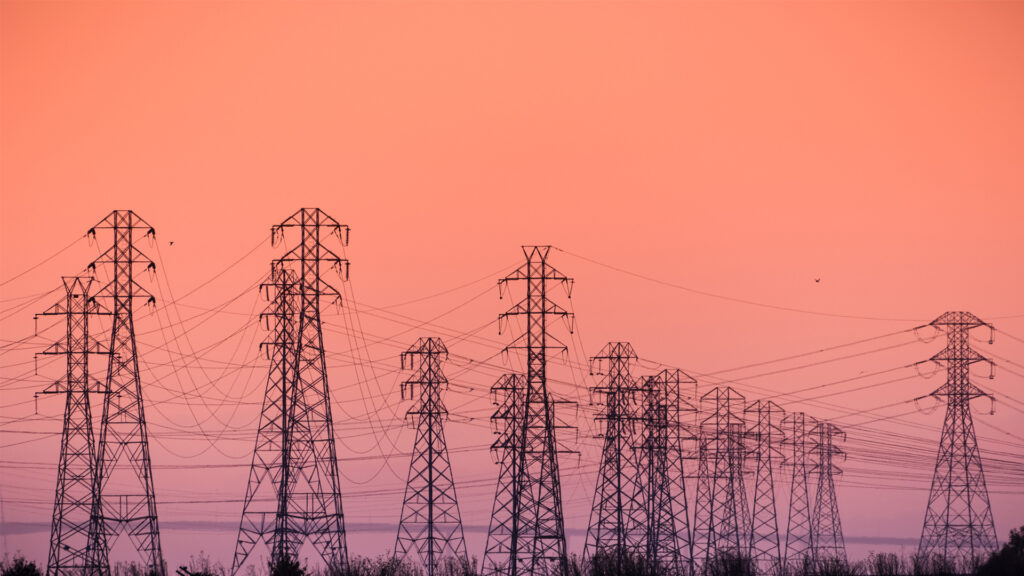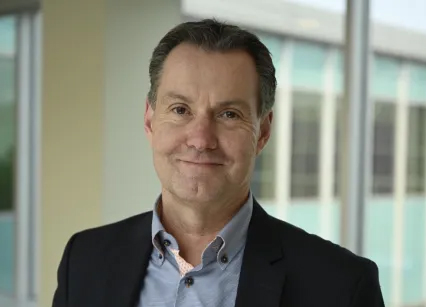By Anders Sjoelin, S&C Electric Company
Most of us don’t normally think about electricity until we lose it.
However, our growing dependence on electricity means that what used to be an inconvenience a few years ago today disrupts our jobs, health services, transportation systems and more.
This scenario occurs across the United States, where severe weather is the No. 1 cause of power outages. These outages cost the economy billions of dollars annually in lost output, delayed production and damage to critical infrastructure. The potential human cost is even greater, considering that an outage may prevent the use of vital medical devices, disrupt essential services, contaminate water, etc.
We expect this to continue. Increasingly, severe weather, the ongoing energy transition and the growing demand for electricity mean we must transform our aging grid. Fortunately, investments to modernize and future-proof our infrastructure are happening nationwide. But as we invest, we must shift our focus from reliability to resilience, meaning we must shift from “Are the lights on?” to “How quickly does the system recover when something goes wrong?”

At S&C Electric Company, we believe that when you invest in resilience, you will also improve reliability. That’s because a resilient grid minimizes disruptions and ensures a rapid return to normalcy during blue sky and stormy days.
To build a resilient electrical infrastructure, we have to include the distribution system in the equation. This “last mile” of power delivery accounts for 90% of all power system interruptions. Investment here can reduce disruptions significantly.
This is where the efforts of Florida’s utilities and policymakers deserve accolades. The state’s proactive steps and vision for the grid’s resilience offer valuable lessons for what can be achieved and prepare us for the future.
Florida Power and Light (FPL), the state’s largest utility, services over half of Florida, more than 12 million people. Most of its customers live within 20 miles of the state’s 530 miles of coastline. It’s safe to say that the utility has unique challenges.
After the devastating 2004-05 hurricane season, FPL undertook the work to build a comprehensive, proactive and long-term strategic plan to invest in grid resilience. This work included hardening existing overhead lines against hurricane-force winds, burying more circuits underground where they are less susceptible to weather or tree damage, and investing in smart technologies that bring automation and self-healing capabilities to the grid.
Over the years, we’ve worked closely with FPL on several projects, including collaborating on a first-in-the-world solution, EdgeRestore, that automatically detects and isolates faults and restores power on those hard-to-reach underground residential circuits in less than a minute.
The results speak for themselves: From a resiliency standpoint, let’s compare power restoration times during Hurricane Wilma in 2005, before investment, and Hurricane Ian in 2022, after investment. When Hurricane Wilma, a category 3 storm with 120 mph winds, struck, it took 18 days to restore full power to every FPL customer.
2022’s Hurricane Ian was even stronger. This Category 4 storm ravaged Florida for 72 hours with 150 mph winds, unprecedented storm surge, torrential rainfall and flooding. Ian left millions of Florida homes and businesses without power.
Yet, within 24 hours, FPL had restored power to two-thirds of its customers. Within eight days, FPL restored power to its more than 2.1 million customers impacted by Ian. Though it was a much worse storm, the results were better.
In addition, overall reliability metrics continue to improve. FPL has seen a 71% reduction in customer outage minutes and a 93% decrease in complaints.

While no grid is fully weather- or hurricane-proof, these results make a convincing case for proactive thinking and strategic investment.
We believe this is just the beginning of what is possible when we add smart technology to distribution circuits. Many of our utility customers are doing the same, and as they invest for greater resilience, they also experience greater power reliability in their service areas.
Recently in Orlando, utilities and technology providers came together for a trade event focused on the future of electric power distribution and delivery. It’s fitting that it was in Florida, where the state’s utilities show us that tomorrow’s grid must evolve and do more than keep the lights on.
In fact, when we shift our focus from reliability to resiliency and invest in our grid so that it recovers quickly from adverse conditions, we’ll help keep communities connected and better protected, no matter the weather. That’s the future grid we need.
Anders Sjoelin is the president and CEO of S&C Electric Company, a U.S. company that manufactures grid transformation solutions for electric utilities, including FPL. This opinion piece was originally published by the Orlando Sentinel, which is a media partner of The Invading Sea.
If you are interested in submitting an opinion piece to The Invading Sea, email Editor Nathan Crabbe at ncrabbe@fau.edu. Sign up for The Invading Sea newsletter by visiting here.



